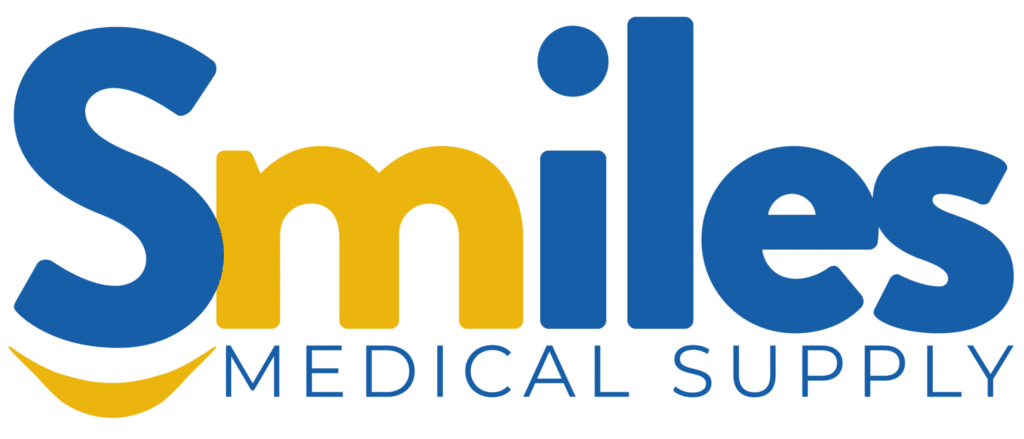Continuous Glucose Monitors (CGMs) have revolutionized diabetes management by providing real-time glucose readings, allowing patients to monitor and manage their condition more effectively. For Medicare beneficiaries, accessing these life-changing devices involves understanding the process of pharmacy referrals under Medicare Part B. This article delves into the specifics of pharmacy referrals for CGMs with Medicare Part B, highlighting crucial steps and considerations.
What Are Continuous Glucose Monitors (CGMs)?
Continuous Glucose Monitors (CGMs) are advanced medical devices that measure glucose levels throughout the day and night. Unlike traditional blood glucose meters, which require finger pricks, CGMs use a tiny sensor inserted under the skin to provide continuous glucose readings. This technology not only improves blood sugar management but also reduces the risk of severe hypoglycemia and hyperglycemia, leading to better overall health outcomes for individuals with diabetes.
Medicare Part B Coverage for CGMs
Medicare Part B covers durable medical equipment (DME), including CGMs, for eligible beneficiaries. To qualify for coverage, patients must meet specific criteria, such as having a diagnosis of diabetes and using insulin. Additionally, the CGM must be prescribed by a healthcare provider who participates in Medicare. Understanding these requirements is crucial for obtaining a CGM through Medicare Part B.
The Importance of Pharmacy Referrals
Pharmacy referrals are a critical step in the process of obtaining a CGM under Medicare Part B. A pharmacy referral involves a healthcare provider directing a patient to a pharmacy that can supply the CGM. This process ensures that the CGM is dispensed correctly and that Medicare covers the associated costs. Pharmacy referrals streamline the acquisition of CGMs, making it easier for patients to access the necessary equipment.
Steps to Obtain a CGM with Medicare Part B
Navigating the process of obtaining a CGM with Medicare Part B can seem daunting, but understanding the key steps can simplify the journey:
- Consult Your Healthcare Provider: Discuss your need for a CGM with your doctor. They will evaluate your condition and determine if you meet Medicare’s criteria for CGM coverage.
- Obtain a Prescription: Your healthcare provider will prescribe the CGM if you qualify.
- Pharmacy Referral: Your doctor will provide a referral to a Medicare-participating pharmacy that can supply the CGM.
- Submit Documentation: Ensure all required documentation, including your prescription and referral, is submitted to the pharmacy.
- Pharmacy Processes Order: The pharmacy will process your order and verify your Medicare coverage.
- Receive Your CGM: Once approved, the pharmacy will dispense the CGM to you.
Challenges and Considerations
While pharmacy referrals for CGMs with Medicare Part B streamline the process, patients may still face challenges. One common issue is ensuring that all documentation is accurate and complete. Any errors or missing information can delay the approval and dispensing of the CGM. Additionally, not all pharmacies are equipped to handle Medicare Part B claims, so choosing a pharmacy experienced in processing these types of orders is essential.
Benefits of Using a CGM
Using a CGM offers numerous benefits for individuals with diabetes, particularly those on Medicare Part B. Some of the key advantages include:
- Real-Time Monitoring: CGMs provide continuous, real-time glucose readings for better blood sugar management.
- Reduced Finger Pricks: Unlike traditional meters, CGMs require fewer finger pricks, reducing discomfort.
- Improved Health Outcomes: Consistent monitoring can help prevent severe hypoglycemic and hyperglycemic events.
- Enhanced Quality of Life: Patients often experience improved quality of life and greater peace of mind with better glucose control.
Tips for Successful Pharmacy Referrals
To ensure a smooth process when obtaining a CGM through a pharmacy referral with Medicare Part B, consider the following tips:
- Stay Organized: Keep all necessary documentation, including prescriptions and referrals, organized and readily accessible.
- Communicate Clearly: Maintain open communication with your healthcare provider and pharmacy to ensure all requirements are met.
- Verify Medicare Participation: Confirm that your healthcare provider and pharmacy participate in Medicare to avoid coverage issues.
- Follow Up: Regularly follow up with your pharmacy to track the status of your CGM order and promptly address any potential delays.
Pharmacy Referrals Medicare Part B Is Essential
Understanding the process of pharmacy referrals for CGMs with Medicare Part B is crucial for Medicare beneficiaries managing diabetes. By following the necessary steps, staying organized, and choosing the right healthcare providers and pharmacies, patients can access the benefits of CGM technology with minimal hassle. Continuous glucose monitoring significantly enhances diabetes management, leading to better health outcomes and an improved quality of life. By leveraging Medicare Part B coverage and navigating pharmacy referrals effectively, individuals with diabetes can take a proactive approach to their health.

